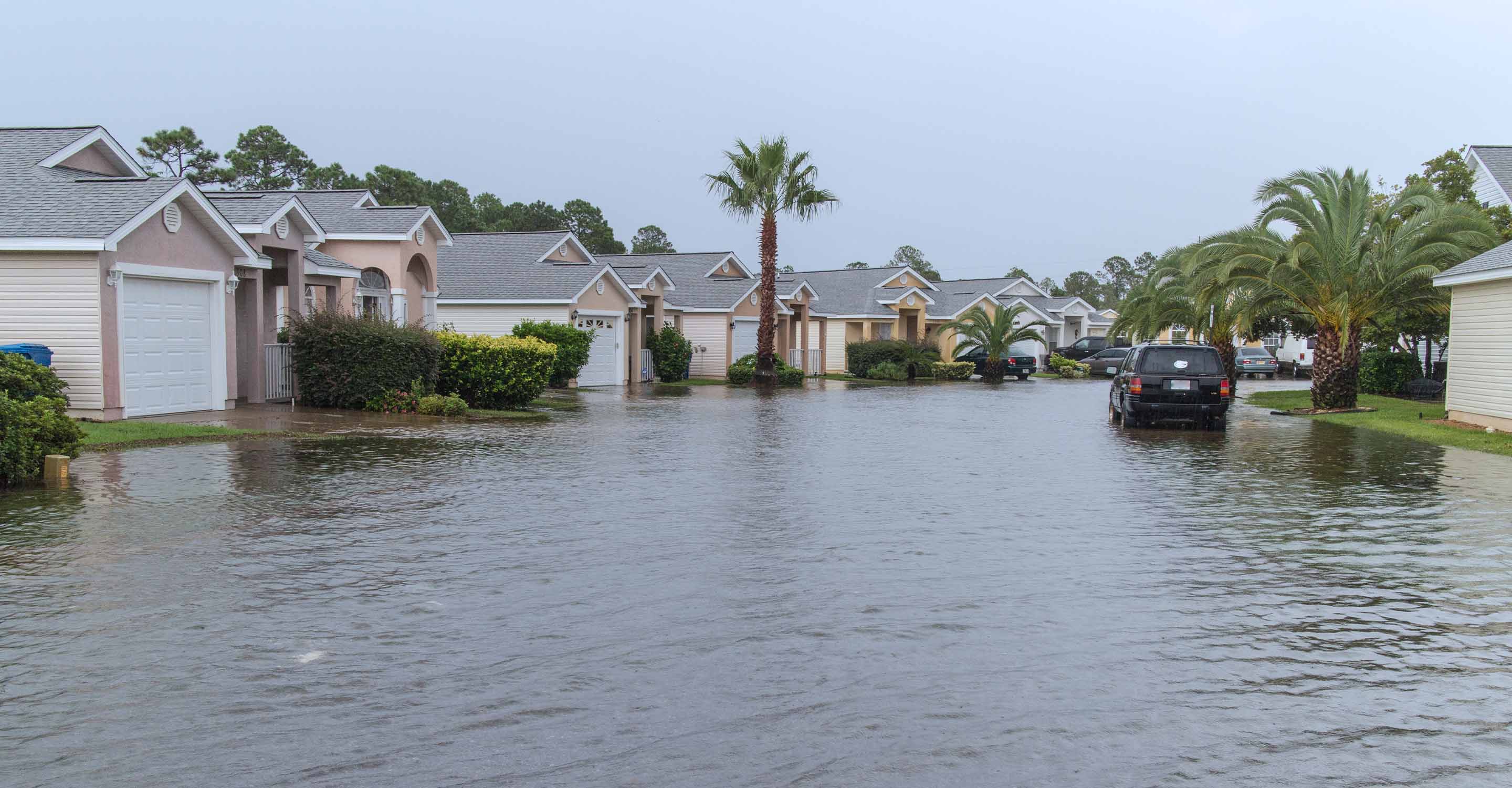Daegu air quality map
Live air pollution map of Daegu
276.5K people follow this city
Full screen
Contributors
3
Stations
23
Contributors category
2
Government
0
Non-profit organization
0
Educational
0
Corporate
1
Individual
0
Anonymous
Most polluted air quality stations
| # | station | US AQI |
|---|---|---|
| 1 | Igok-dong | 61 |
| 2 | Ihyeon-dong | 59 |
| 3 | Chimsan-dong | 57 |
| 4 | Sangyeok-dong | 57 |
| 5 | Siji-dong | 57 |
| 6 | Horim-dong | 55 |
| 7 | Naedang-dong | 55 |
| 8 | Seoho-dong | 55 |
| 9 | Sinam-dong | 55 |
| 10 | Manchon-dong | 53 |
Health Recommendations
| Sensitive groups should reduce outdoor exercise | |
| Close your windows to avoid dirty outdoor air GET A MONITOR | |
| Sensitive groups should wear a mask outdoors GET A MASK | |
| Sensitive groups should run an air purifier GET AN AIR PURIFIER |
community highlight
Daegu most followed contributors
Become a contributor
Get an AirVisual Outdoor and contribute to collecting millions of data points for the Daegu map to track local air pollution
Understand air pollution and protect yourself
Daegu MAP AIR QUALITY ANALYSIS AND STATISTICS
What information about air quality can be found on the air pollution map for Daegu?
Whilst looking at the main page for Daegu, it is very easy to check out the air pollution map which appears as a link on that main page. Once selected, a new page will open showing all information about the air quality in Daegu and the surrounding area.
The first impression might be confusing as there are many overlapping circles, each showing a number. This number is the US AQI reading which is endorsed by the World Health Organisation (WHO). It is calculated by measuring the levels of up to six of the most prolific pollutants found in city air. It is then used as a standard when comparing air quality in different cities across the globe. The colour of the discs indicates the quality of the air. The meanings of the various colours used are explained in the legend at the foot of the page. Colours vary from pale green to dark maroon. Generally, the darker the colour, the dirtier the air.
Some of the coloured discs may appear to be superimposed upon each other, but once the map is expanded, the discs will begin to separate and become easier to distinguish from each other. If a particular disc is selected, then a new page will open which is dedicated to the air quality in that part of the city.
Looking back at the main page, it can be seen that Daegu was enjoying some “Good” quality air at the beginning of August 2022 with a US AQI reading of just 4. The main pollutant was PM2.5 with a recorded level of 1 µg/m³ which is well below the target figure of 5 µg/m³ which is the suggested level by the WHO.
Is any other information available on the air pollution map for Daegu?
As already stated, the air pollution map for Daegu is very easy to open from the main city page. Once opened, the viewer will be presented with four choices on the left-hand side of the page. These can be individually deactivated if required. Sometimes these options only appear when the page is viewed in full-screen mode.
The first choice shows where the ground-level air monitoring stations are located throughout the city and its adjacent areas. They appear on the map as coloured discs which show the US AQI reading. They may appear to have been placed randomly because of the way that they overlap each other. This is soon corrected by expanding the page and allowing them to separate.
The second choice shows the position of any wildfires which may be burning in the vicinity. This is very useful when considered together with the fourth option which shows the direction of the prevailing winds. Together they will give a good indication as to whether or not the city will be affected by the ensuing smoke.
The third option is perhaps the most noticeable because it changes the background colour of the map, depending on the current air quality. Currently, the colour is green which represents “Good” air quality. Some people may find the colour too intense, but when turned off, the map reverts to a more standard set of colours.
Across on the right-hand side of the screen can be seen a table of world cities which are ranked according to their air quality. Some of the Middle-Eastern countries often appear at the top of the table which might come as a surprise because they are not usually thought of as being heavily polluted.
Are areas of high pollution identified on the air quality map for Daegu?
Areas of high pollution are identified in two ways. One is by the colour on the disc and the second way is by looking at the number on the disc. When all the discs are the same colour, the map should be expanded to allow the numbers to be seen more clearly.
Perhaps the simplest way is to look immediately below the map where the most polluted stations are ranked according to their cleanliness. Currently, the dirtiest station is at Naedang-dong with a US AQI reading of 68.
Further down the page can be seen the ranking of the most popular stations. Currently the most popular is the Suchang-dong station with over 45,000 followers.
Is the source of air pollution shown on the air quality map for Daegu?
Dust is divided into natural and man-made causes, but anthropogenic sources are the most common. In addition, dust scattering from construction sites and roads also accounts for a large amount.
In winter, when the use of fuel for heating increases both domestically and internationally, pollutant emissions increase and the occurrence of high concentration phenomena increases, and pollutants introduced not only domestically but also from abroad affect the Korean atmosphere.
The main source of the ultra-fine dust known as PM2.5 is the generation of secondary pollutants through an atmospheric reaction of primary pollutants emitted from automobiles and thermal power plants, etc.
What are the health effects of PM2.5 fine dust?
Fine particles are composed of various types of contaminants agglomerated into dust nuclei and can enter the human body through the respiratory tract.
When inhaled for a long time, the finer the particles, the more they are not filtered through the nasal mucosa and directly penetrate into the alveoli when inhaled, which can affect the prevalence of asthma and lung diseases and increase the premature death rate.
According to most studies, it is known that long-term and prolonged exposure has health effects, and short-term inhalation does not cause sudden body changes.
Fine dust can cause or exacerbate existing ischemic heart diseases including myocardial infarction, heart failure, arrhythmias and strokes in relation to cardiovascular and cerebrovascular diseases. Exposure to fine dust, especially ultra-fine dust (PM2.5) with a diameter of 2.5 μm or less, for several hours or weeks, causes various cardiovascular and cerebrovascular diseases, and may increase hospitalization rates or mortality as well as mild diseases. In addition, long-term exposure increases the risk of cardiovascular and cerebrovascular disease-related mortality compared to short-term exposure, and reducing the concentration of fine dust can conversely reduce cardiovascular and cerebrovascular disease-related mortality.
However, it is necessary to pay special attention to sensitive groups such as children, the elderly, and people with respiratory diseases, as the health impact may be greater than that of the general public.
Daegu air quality data attribution
3Contributors
 Korea Environment Corporation
Korea Environment Corporation21 stations
2 Government Contributors
 Justin Ahn
Justin Ahn1 station
Individual Contributor
3 Data sources
Where is the cleanest air quality in Daegu?
- Igok-dong 61
- Ihyeon-dong 59
- Chimsan-dong 57
- Sangyeok-dong 57
- Siji-dong 57
- Horim-dong 55
- Naedang-dong 55
- Seoho-dong 55
- Sinam-dong 55
- Manchon-dong 53
- Pyeongni-dong 53
- Hyeonpung-myeon 50
- Suseong-Dong 4Ga 49
- Dasa-eup 45
- Taejeon-dong 45
- Bondong 41
- Daemyeong-dong 41
- Namsan Il-dong 41
- Suchang-dong 41
- Jincheon-dong 39
- Jisan-dong 37
- Chunghon Tap 32
- Hwawon-eup 29








